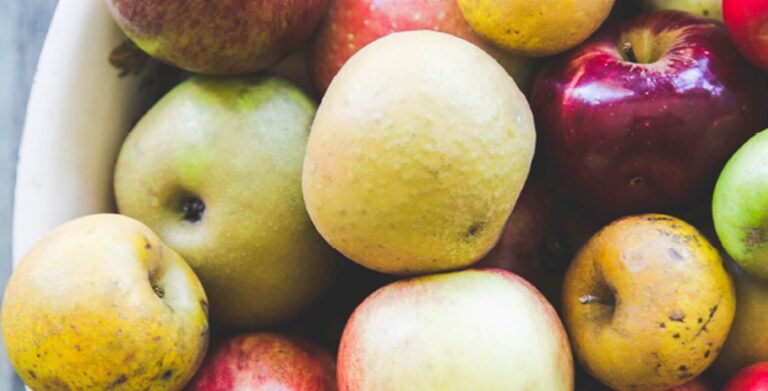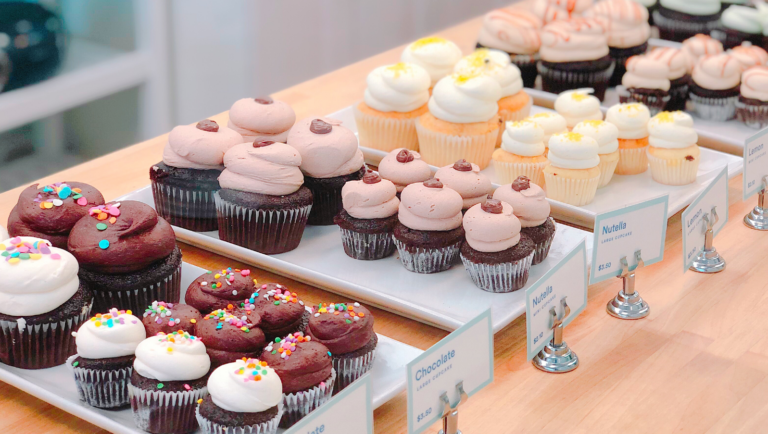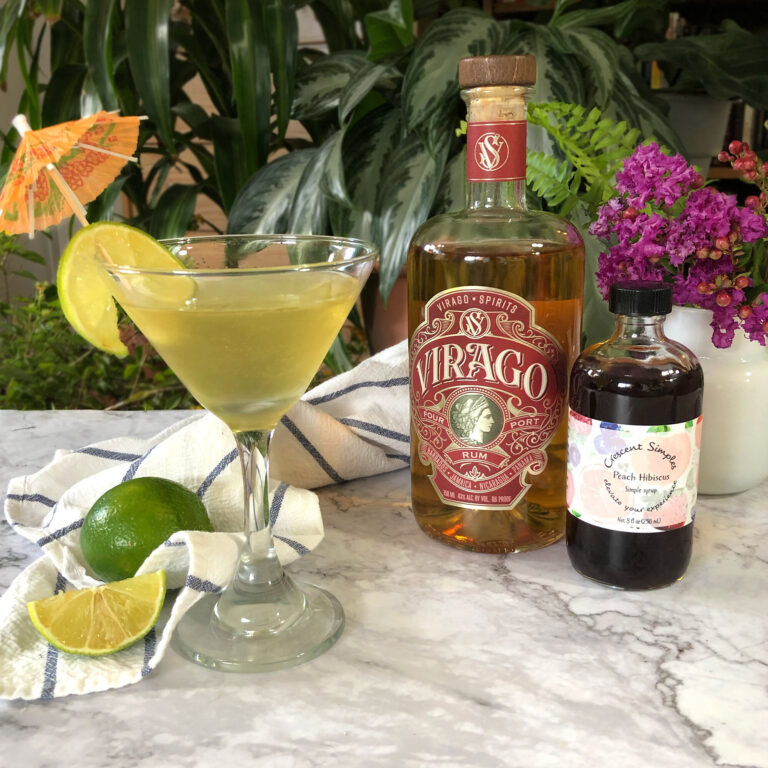Apples in Virginia: A Juicy History
Image: Joanna Nix
Not much says fall quite like a crisp bite of fresh apple—or maybe a swig of small-batch apple cider, or perhaps an apple cider donut. Virginia’s a darn good place to seek out these flavors, given the Commonwealth ranks as the sixth-largest apple producer in the U.S. ‘Tis the season to spotlight the awesomeness of Virginia apples: Let’s roll up our sleeves and get to it.
Indigenous crabapples aside, true apples came to Virginia in the earliest days of the colonies. By the late 1600s, some Virginia orchards grew as many as 10,000 trees. Unique American varieties such as the Roxbury Russet emerged through natural selection and cross-breeding and were propagated through grafting, many of them becoming popular on the other side of the Atlantic.
Most of Virginia apples in the olden days weren’t grown to straight-up eat but straight-up drink as cider: a mainstay beverage of impressively boozy colonial life.
In the 1800s, something on the order of 14,000 different varieties of apple grew in the United States: a mind boggling spectrum compared to what’s commercially produced these days.
Thomas Jefferson: Snooty Apple Connoisseur
In the mid-1780s, a boastful Thomas Jefferson wrote in a letter to James Madison from Paris: “They have no apples here to compare with our Newtown Pippin.”
The Newtown (or Albemarle) Pippin was one of four main apple varieties Jefferson—famously ace Founding Father/horticulturalist—specialized in at his Monticello orchards. He grew it and the Esposus Spitzenburg as dessert apples while cultivating Taliaferro and Hewes’ Crab strains for cider.
The Hewes’ Crab, which may have developed as a hybrid between a European apple and a native crabapple, was the most widely grown fruit in Virginia in the 18th century, though Jefferson apparently ranked the Taliaferro even higher, calling it “the best cyder apple existing … nearer to the silky Champagne than any other.” Too bad the variety has since vanished, we would totally eat that.
Jefferson is thought to have played a small role in the development of the much-loved Fuji. That apple was first bred in Japan in the 20th century by crossing the Red Delicious and the Ralls Genet, which—one story goes—was a variety given to Jefferson in the 1790s by the French minister to the U.S., Edmond-Charles Genet. Jefferson passed along Ralls Genet starts from Monticello to the Virginia grower Caleb Ralls, who then spread the apple far and wide. “We like to say that Thomas Jefferson was not only the author of the Declaration of Independence and the father of the University of Virginia,” Monticello’s former director of gardens and grounds, Peter Hatch, told the Brooklyn Botanical Garden, “but probably the grandfather of the ‘Fuji.’”
Modern Apple Growing in Virginia
More than 100 commercial orchards covering 16,000-plus acres operate in the Old Dominion today, churning out some five to six million bushels a year. How do you like them apples? (Sorry…we had to)
The Shenandoah Valley is the epicenter of apple country in Virginia, but you’ll also find orchards in many other parts of the state, from the Roanoke Valley to the Albemarle Peninsula.
While you can still track down some of those colonial varieties such as the Hewes’ Crab, more widely grown Virginia apples include the Gala (sweet-tasting), the McIntosh (luscious and tart), the Honeycrisp (awesome right off the tree), and the Fuji. About 70 percent of Virginia-grown apples are processed into such products as apple cider, applesauce, apple butter, and slices.
Hitting Up Virginia Apple Orchards & Festivals
Those sorts of apple sips and snacks are easy to come by this time of year at apple orchards open to the public as well as fall festivals across Virginia. You can also, of course, enjoy the old-fashioned pleasure of harvesting your own ripe apples from the various u-pick options around the state.
From orchards such as Grelen’s Nursey in Somerset and Silver Creek Orchards in Tyro to all-out apple-themed parties such as the Shenandoah Valley Apple Harvest Festival at the Frederick County Fairgrounds, the Graves’ Mountain Apple Harvest Festival in Syria, and the Apple Butter Celebration in Shenandoah National Park, it’s prime time to explore your apple-appreciation options right here!






